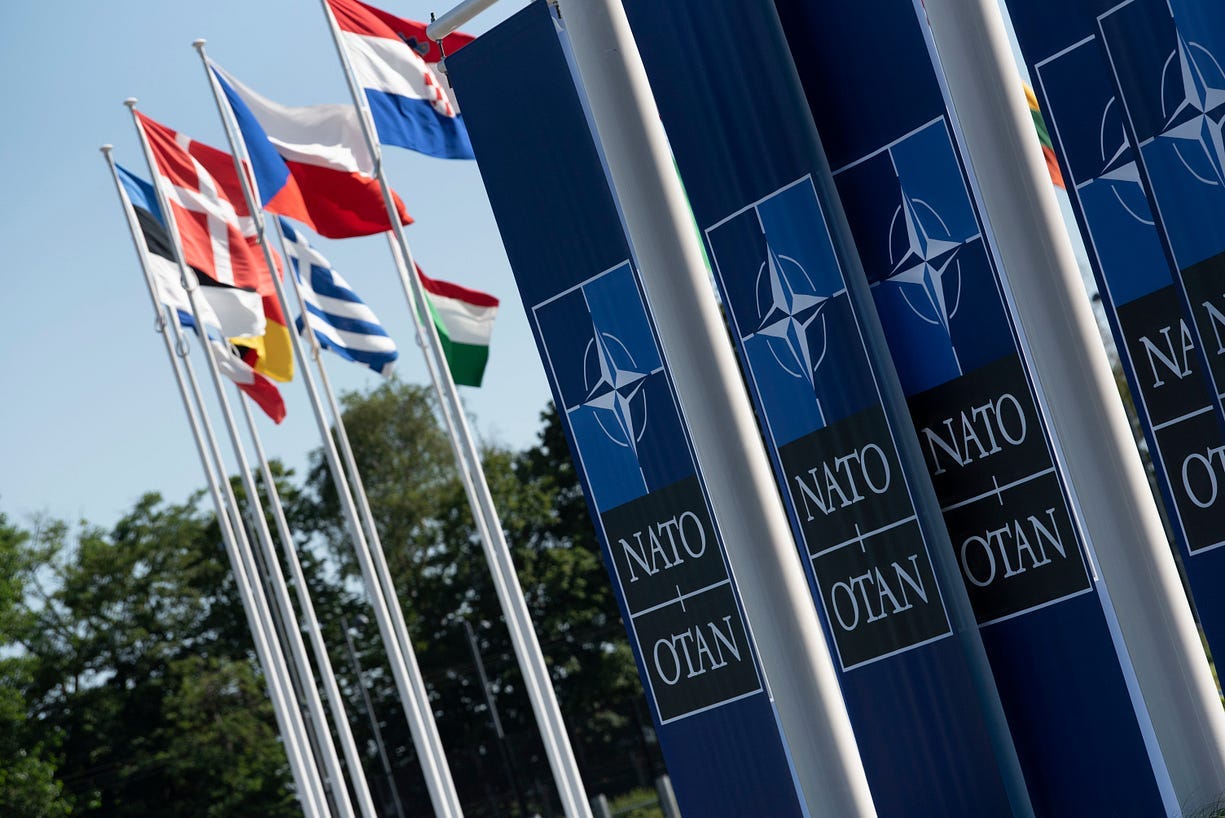A NATO Without the US Could Trigger a Global Security Crisis
Donald Trump, never one to let a global crisis go unaddressed — or uncapitalized — urged Russian President Vladimir Putin on Sunday to broker an immediate ceasefire in Ukraine.
This bold move, pitched as part of his presidential transition efforts (even though the paint’s still drying on his “President-e…
Keep reading with a 7-day free trial
Subscribe to Eyes Only with Wes O'Donnell to keep reading this post and get 7 days of free access to the full post archives.



